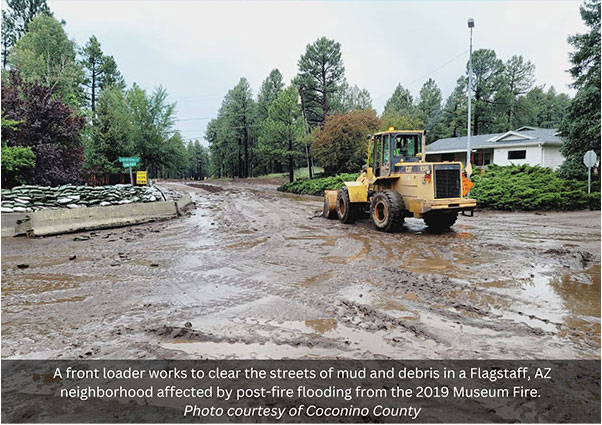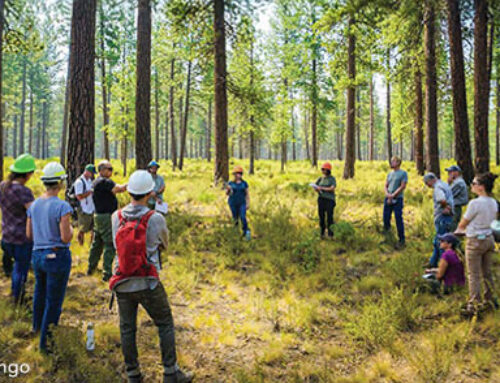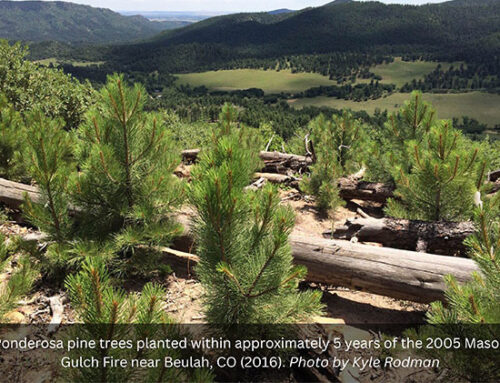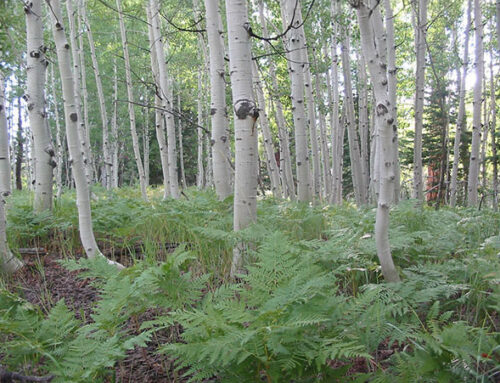Understanding Post-Fire Flood Insurance Decision-Making
Flood insurance can minimize the social and financial impacts associated with post-fire flood events, but little is known about who purchases coverage after wildfires or their experiences with insurance claims. A new paperin Environmental Research Communications by a team of ERI and School of Forestry researchers shares insights from a series of household surveys to better understand residents’ experiences in the uptake, renewal, and use of flood insurance.
Researchers administered three Flagstaff-area surveys —two after the 2010 Schultz Fire (in 2010 and 2020) and one after the 2019 Museum Fire (in 2022)—to residents who experienced post-fire flooding from these significant steep-slope fire events. Some key findings include:
- Several groups, including residents who moved to their property after the studied fire event and renters, are significantly less likely to purchase flood insurance.
- Survey respondents appeared underinsured after both fires; Schultz Fire respondents received average payouts covering approximately 55.9% of the total estimated damage cost, while Museum Fire respondents received payouts covering 28.2%.
- There were also significant out-of-pocket, uninsured damages in both fires amounting to an average of $12,111 after the Schultz Fire and $33,362 after the Museum Fire.
- The reported cost of flood insurance among households affected by the Schultz Fire doubled over a 10-year period; those who no longer maintained coverage typically reported that they stopped renewing between 2–5 years after the fire.
- Second homeowners were more likely to report damages that were not covered by insurance.
- Inequities regarding both insurance coverage and post-fire flood impacts were present across surveys. Respondents who identified as ethnic or racial minorities, particularly those who were American Indian or Alaska Native, Asian, and Hispanic or Latino, appeared to be more vulnerable to post-fire flood impacts.
- Communication and outreach intended to encourage the uptake of flood insurance after wildfires must be multi-faceted and nimble to demonstrate value to these different groups. Renewed outreach efforts at the 2-year mark after a fire when flood insurance renewal starts to drop may benefit residents who live in areas where post-fire flood risk is still present.




